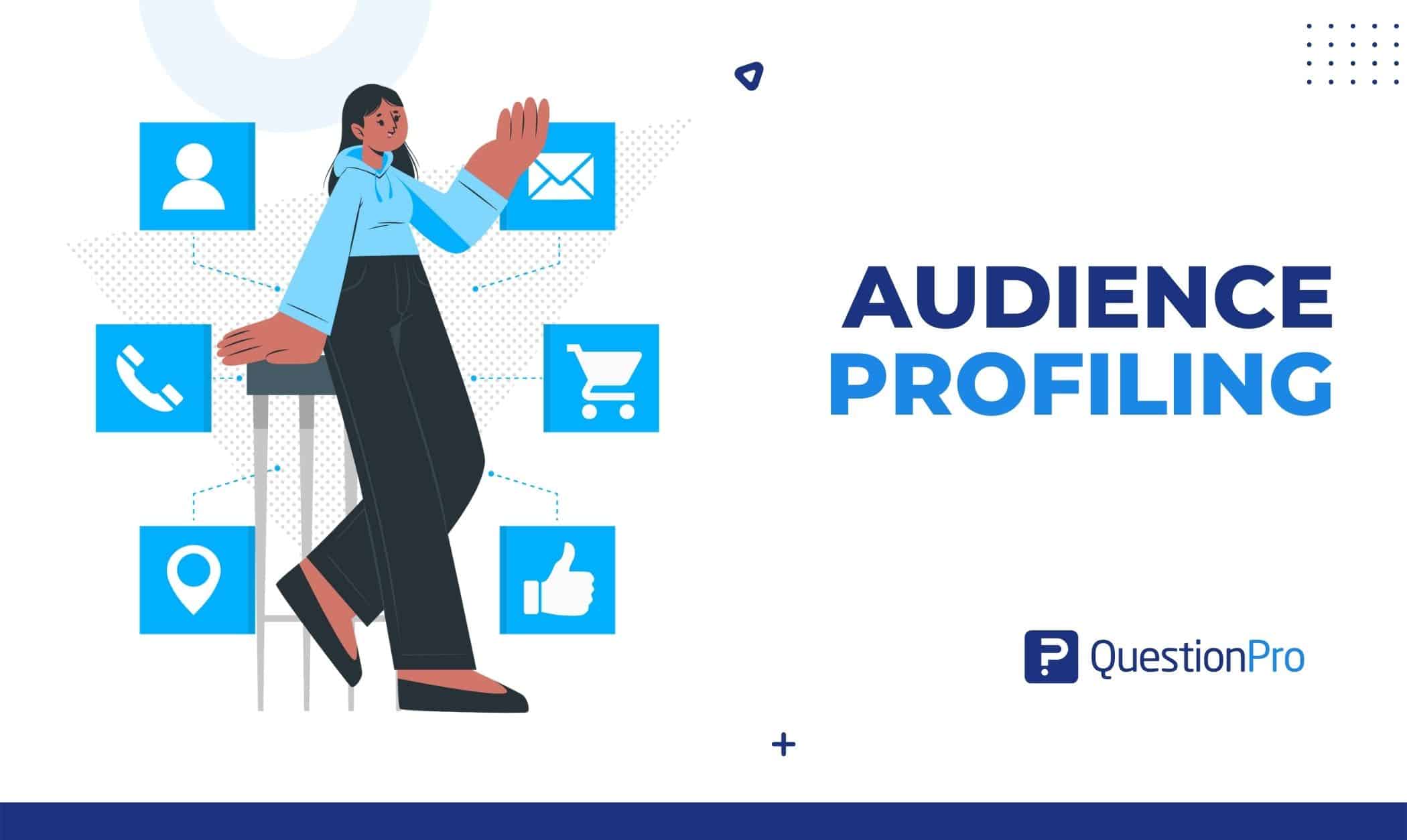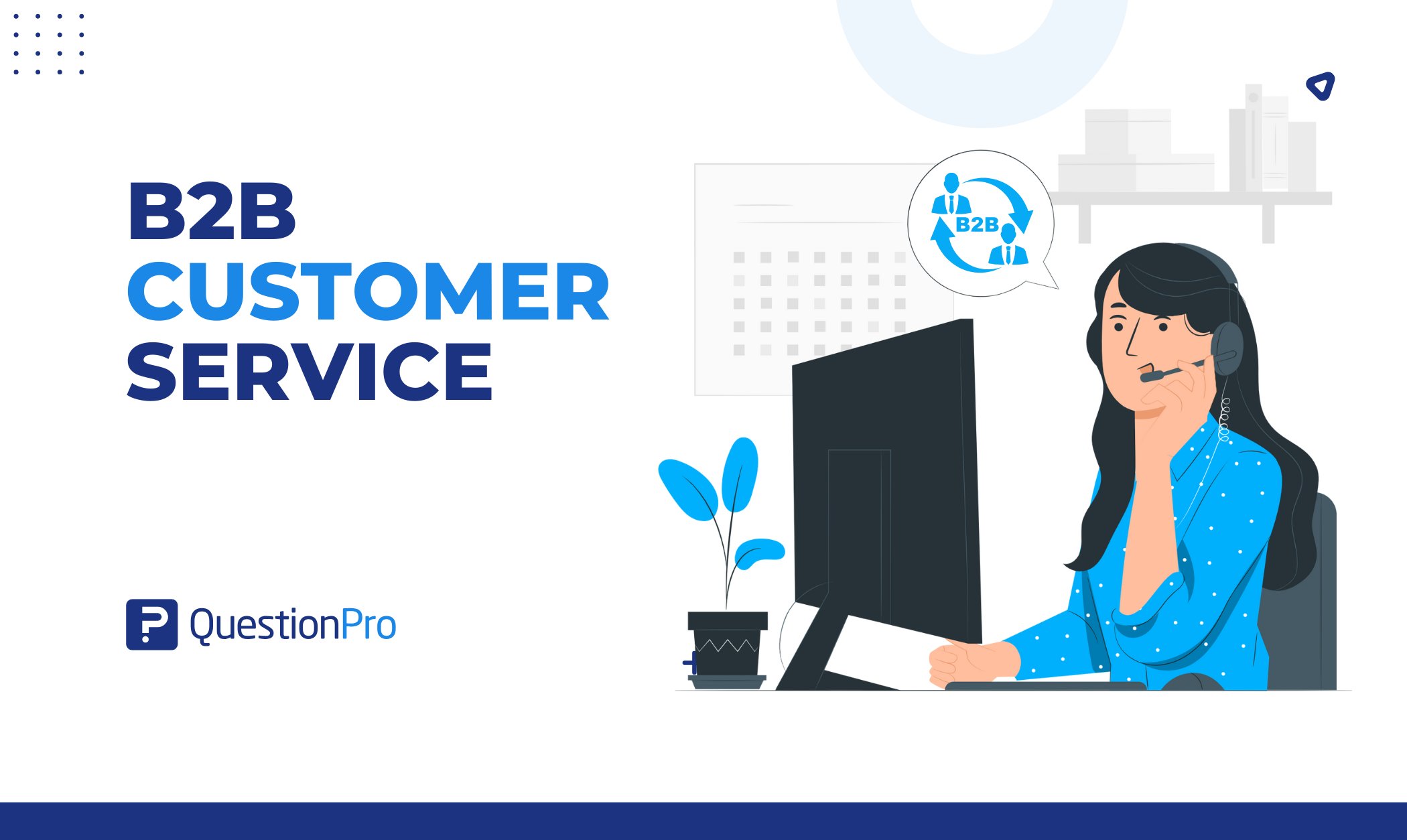
Audience profiling is an essential part of business today. Suppose you know precisely who your customers are and target your marketing messages at them with a high level of personalization. In that case, you can boost sales and get a better return on investment.
It’s also vital for businesses to use it if they want to know where to put their time and money to get the best return on investment (ROI). Knowing your audience lets you determine which marketing activities to do for each group.
It helps organizations identify and target their most potent and willing-to-spend customers.
The process of figuring out your audience is based on four different ideas. We will explore them later. But first, we will learn what audience profiling is and its importance.
What is audience profiling?
Audience profiling is the process of figuring out who your ideal customer is by keeping track of what people buy on different platforms. By grouping customers based on behavior, marketing campaigns can target the most profitable customers.
This profiling is made up of 4 steps:
- Segmentation
- Messaging
- Engagement
- Measurement
Here, we learned about user profiling a little bit. Now, we’ll talk about why it’s important and how to make one by following the four steps below.
Importance of audience profiling
User profiling is important for your businesses and organization. We will tell you why it is important below:
- Audience profiling is based on common sense that if you know your audience and what matters to them, you can create content that targets them in a way that wastes less and gets a better response.
- It is essential because Orvel Ray Wilson said in 1984, “Customers buy for their reasons, not yours,” which is a hard truth about marketing.
- In other words, marketing that works is based on what the audience wants to hear, not just what the business wants to say. When you put it that way, it’s easy to see why you should know your audience.
- Marketers always say that understanding customer data is one of the most important things they do today. It shows how critical data analysis is for their business. It’s a good start, but it’s not enough.
Proper steps to create an audience profiling
You need to follow four main steps when creating your audience profiling. Now, we will explore these steps in our discussion below.
-
Segmentation
Once upon a time, every brand started with segmentation to learn more about its target audience. The only way to drive more targeted campaigns was to divide people into groups based on age, gender, and location.
This procedure now has an entirely new meaning.
It is now possible to quickly and accurately develop personalized audiences using platforms that track customer behaviors and perceptions on a large scale and global data.
These consider not only demographic details like age, gender, location, lifestyle choices, attitudes, self-perceptions, and interests. So, you can make personas based on data that are true to life and easy to understand.
-
Messaging
To make messages that make an impact, you must first understand the ideas you want to change.
Audience profiling helps you measure perceptions preventing or encouraging repeat purchases.
For example, once the team found out that most Brits still thought their food was low quality, they knew which perceptions they needed to change.
With that in mind, they could ensure that their messages were as audience-focused as possible. Detailed data could show people’s interests, attitudes, and wants.
-
Engagement
You know a lot about your audience and how to reach them. Now you need to know where to put your message. It would help if you focused on what your customer wants and where they are.
You can figure out where, when, and how to reach your target audience by looking at their behavior across platforms, devices, channels, and social platforms.
Finding these insights about your audience will help you raise your voice the right way to have the most impact.
-
Measurement
Every marketer today knows how important it is to measure.
By measuring the results of your efforts all the time, you can change, improve, and repurpose your marketing to better suit your customers.
But it can be hard to find the answers you need, especially on social media. A study shows that 88% of marketers say they need to learn more about measuring ROI in this way.
The reason for this uncertainty is that our marketing data is not very good today. It results from putting too much faith in passive data and “probabilistic” solutions. Some social analytics can give you the essential information you need, but it is well known that web analytics has many problems.
To make sure the data you’re tracking is accurate and valuable, you need more robust tracking like GWIQ, which verifies your audience targeting and measures how well your campaign is doing.
It closes the loop on audience profiling and gives marketers the tools they need to measure their work with reliable data that reflects real people.
Conclusion
Audience profiling is one of the most reliable ways to get insights that your marketing team can use to define, divide, and target different consumer and demographic groups. It is now a common and accepted way for businesses to figure out who their customers are and how to reach them in the best way possible.
You won’t understand what your audience wants if you don’t do good audience profiling. Now, it’s not enough to look at customer data; this data also needs to be broken up and analyzed.
QuestionPro gives tools like our survey software to find out more about your audience and a library of insights for any long-term study. Visit the Insight Hub if you’d like to watch a demo or learn more.







